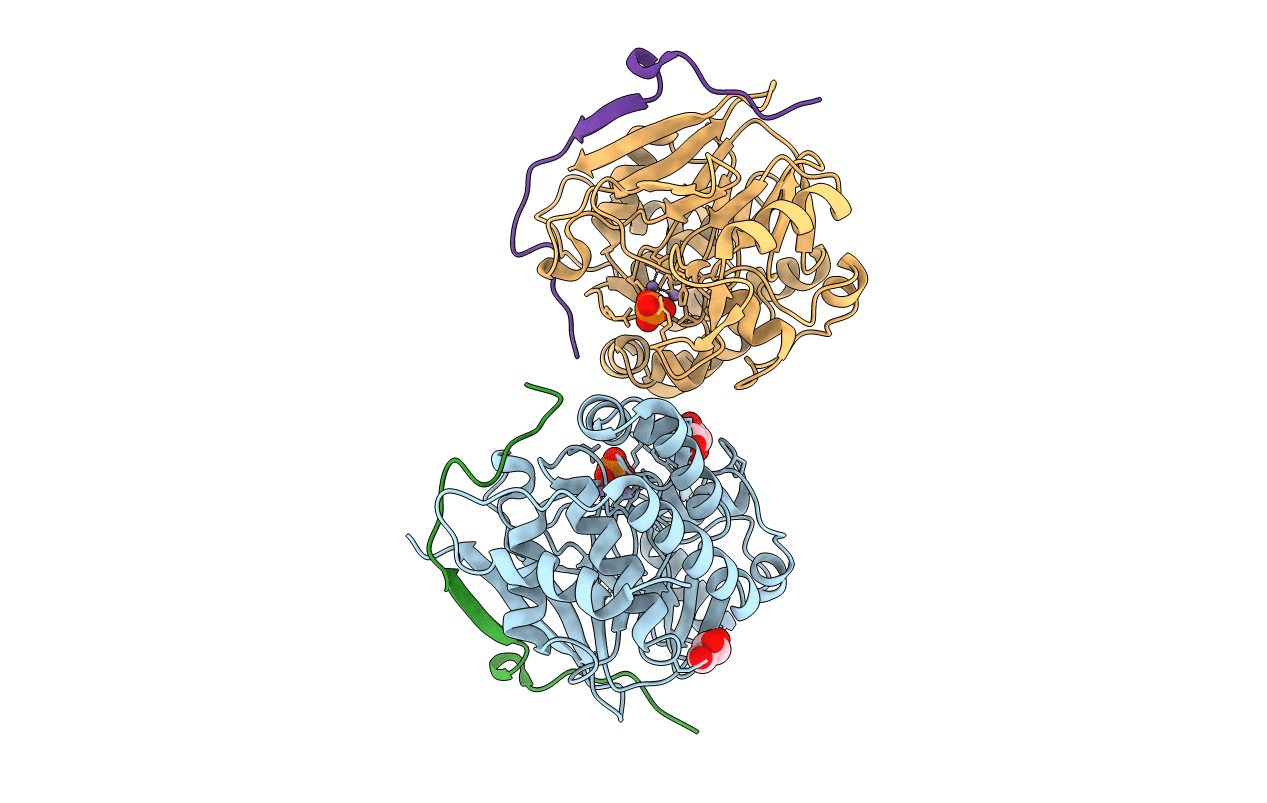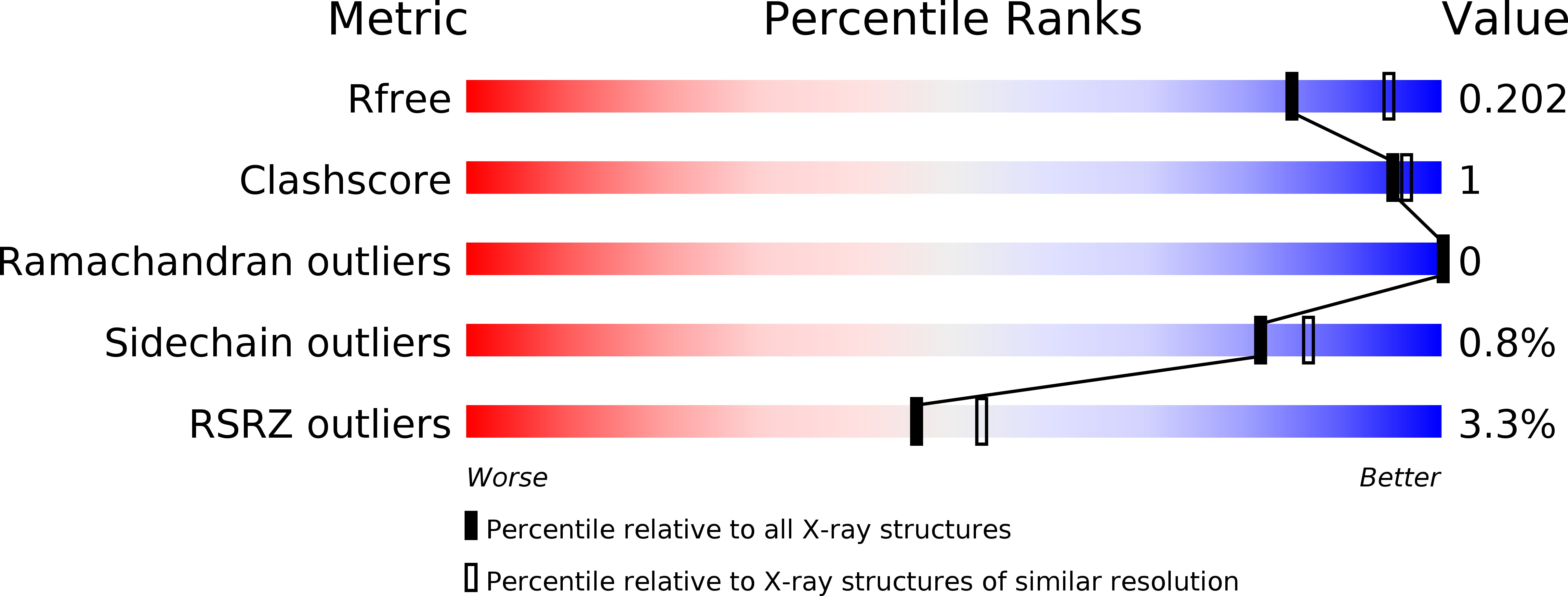
Deposition Date
2013-09-12
Release Date
2014-03-26
Last Version Date
2024-02-28
Entry Detail
PDB ID:
4MP0
Keywords:
Title:
Structure of a second nuclear PP1 Holoenzyme, crystal form 2
Biological Source:
Source Organism:
Homo sapiens (Taxon ID: 9606)
Rattus norvegicus (Taxon ID: 10116)
Rattus norvegicus (Taxon ID: 10116)
Host Organism:
Method Details:
Experimental Method:
Resolution:
2.10 Å
R-Value Free:
0.20
R-Value Work:
0.17
R-Value Observed:
0.17
Space Group:
P 41 21 2


